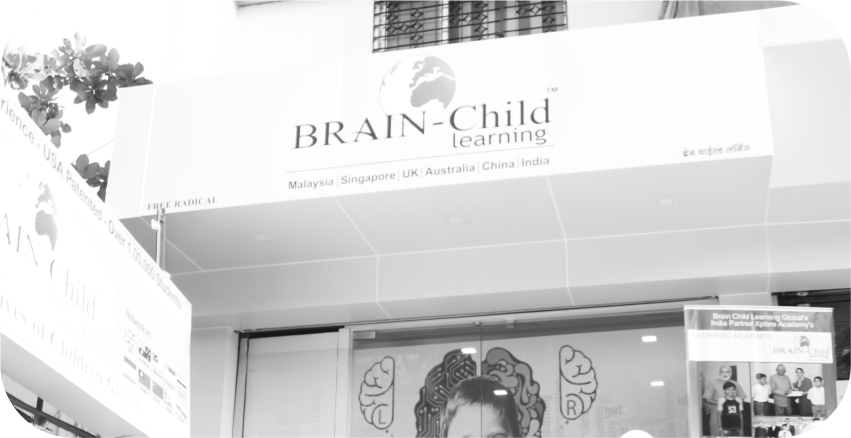
1st Learning Centre
Our journey began with the launch of our first learning center, marking the start of a mission to redefine education through innovative and engaging learning methods.
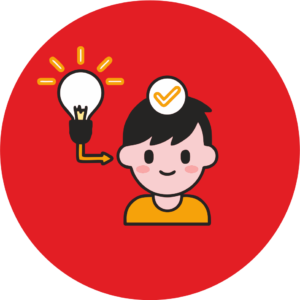

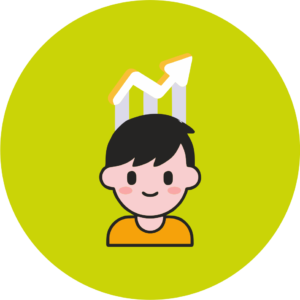
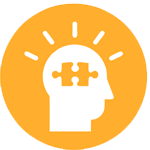
Generally learning is loosely associated with memorization ie if someone has memorized something he or she has learned it. But in pure psychological sense learning is a relatively permanent change in behavior. That is one is said to have learned something when it changes a behavior on subconscious and unconscious level. Example when a kid is learning to ride a bicycle it is said that he has learned to ride a bicycle when he no longer needs to consciously maintain balance and paddle.
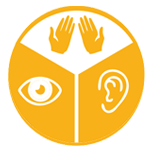
Auditory learning methods depend upon phonics or sounds. They depend upon the sequence and cadence of how numbers and words sound one after the other. Auditory learning methods focus on memorization and rote learning. This is the most prevalent method of learning, especially in India.
Visual learning methods depend upon colours and light. Visual learning is stored in mind in form of static images and colour codes. Visual learners identify and remember words and symbols. Visual learning methods depend upon colour coding and segregating information visually.
Kinesthetic learning methods are the least used learning methods as only 5% of the population of the country is kinesthetic. Kinesthetic learning methods focus on touch and movement as the basis of learning. It is one of the most effective tools in learning as it involves visualisation through all the five senses. Kinesthetic learning focuses on “doing” as the driver of learning, ie more emphasis is laid on practical than theory. Kinesthetic learning is more connected to real life as it draws illustrations and examples from day to day life. Kinesthetic learning develops the parietal area of the brain which is responsible for sensory input and output making kinesthetic learners better learners overall. Kinesthetic learning methods are a lot of fun and interactive as they involve a lot of movement and touch. Along with that, it involves all the five learning senses through visualization.
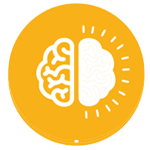
Right brain learning methods and left brain learning methods differ from each other in the core function of the brain. The left brain is the logical brain which functions by formulation and checking of logic sets full stop on the other hand right brain works on visualisation that is a visual abstraction and big-picture approach.
The foundation of any left brain teaching method lies in digital learning that is 01 learning. 01 Learning is learning in true or false, right or the wrong present, absent left brain develops is logical Pathways with the help of 01 learning.The foundation of right brain learning lies in spatial visualisation that is Penta sensory imagination based learning.
The real power of learning in a person lies in the right hemisphere as left hemisphere is responsible for most of the executive analytical logical function.
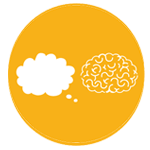
This is the outermost level of mental learning. All the change first passes through the work table of consciousness, ie we take a conscious decision of doing something a certain way. This is a level requires a lot of energy and intent to persist. The scope of consciousness is limited ie we cannot do a lot of activities consciously. It is the beginning of the process of learning.
It is the intermediate level of mental learning. This is the level where our liking and preferences reside. As we work on something consciously its starts to build a subconscious pathway or network. These are behaviours that require very little conscious decision making.
This is the true level of learning. When the acquired behaviour gets deep rooted and autonomous i.e, is executed without a conscious trigger. There are no errors and it becomes almost like a reflex.

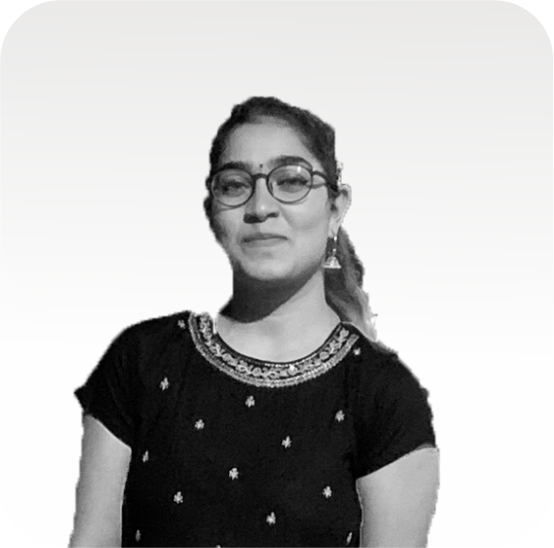
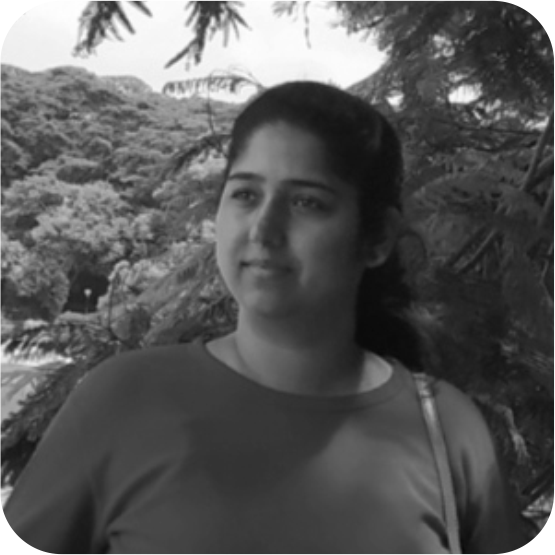


1st Learning Centre
Our journey began with the launch of our first learning center, marking the start of a mission to redefine education through innovative and engaging learning methods.
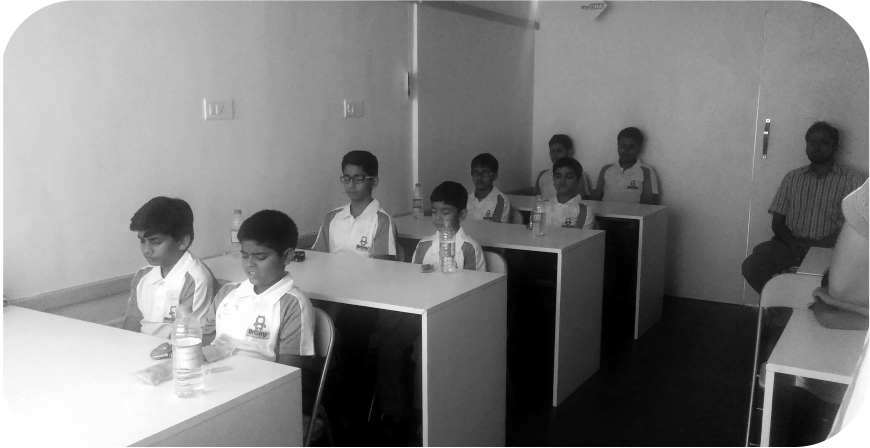
First Batch Begins
We welcomed our very first batch of learners, setting the foundation for a transformative educational experience focused on curiosity, creativity, and critical thinking.
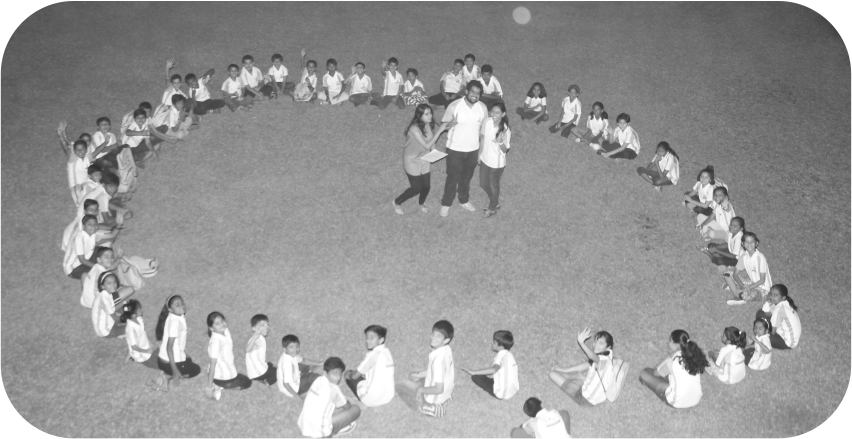
100 Admissions Milestone
A proud moment as we reached our first 100 admissions, a reflection of the trust parents placed in our unique approach to learning and child development.

2nd Anniversary Celebration
Two years of growth, innovation, and impact! We celebrated our anniversary with our students, parents, and team, looking forward to even greater milestones ahead.
Our Guest for the evening was Mrs. Anupama Sagdeo, Principle Delhi Public School, Lava
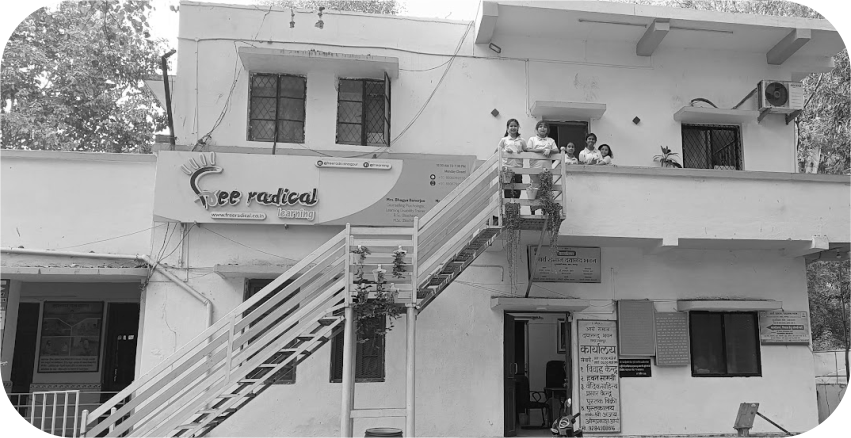
Launch of Our Master Learning Centre
To accommodate our growing community, we expanded with a brand-new, state-of-the-art learning center, providing more space, resources, and opportunities for students.
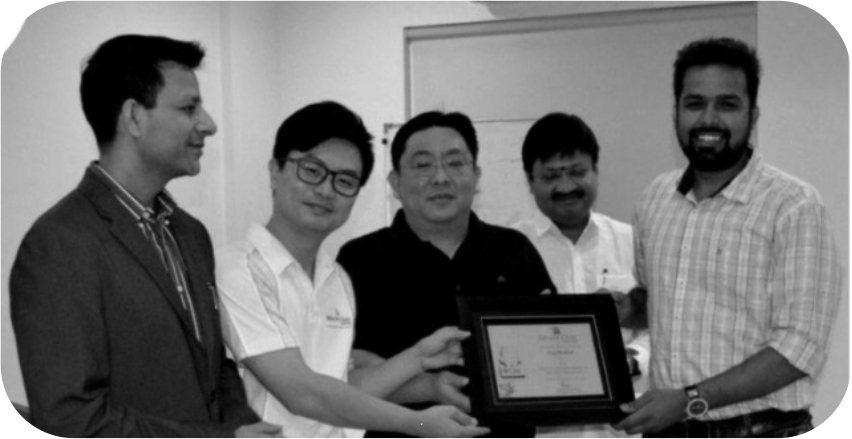
Awarded Best Learning Centre in India 2018 by BCL Worldwide
A moment of immense pride! Our dedication to education was recognized as we were honored as the Best Learning Centre in India, motivating us to continue our mission with even greater passion.